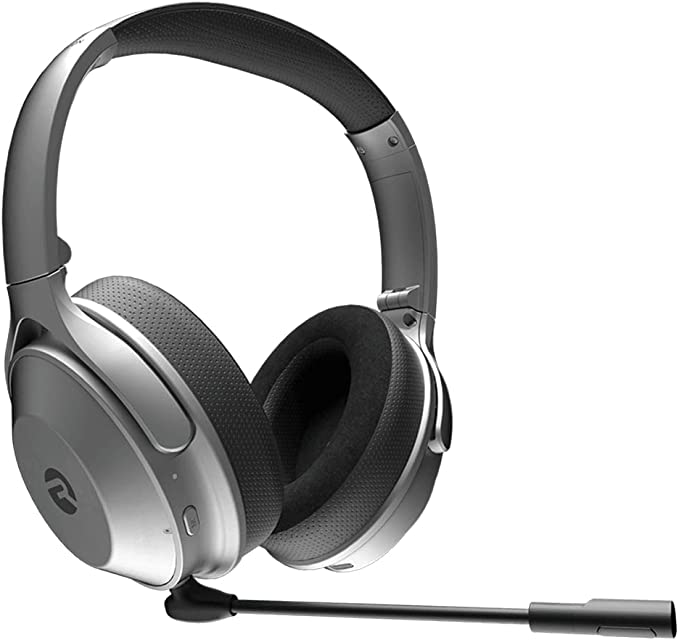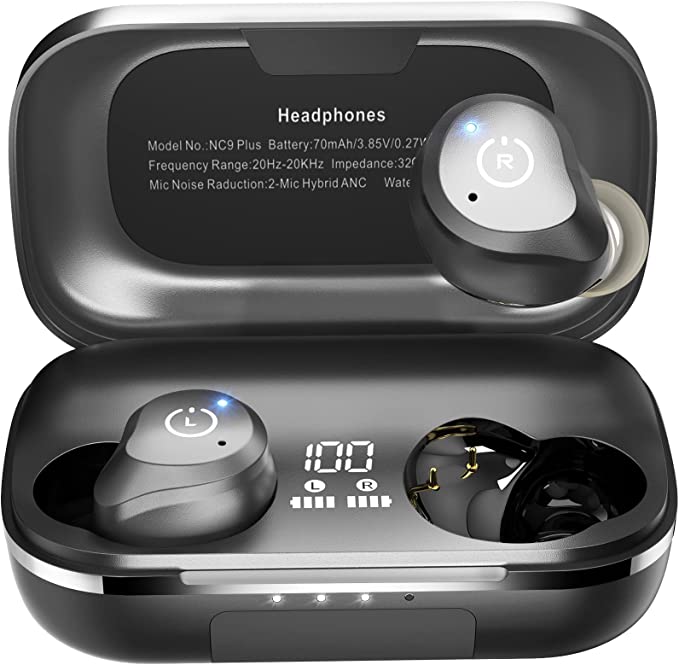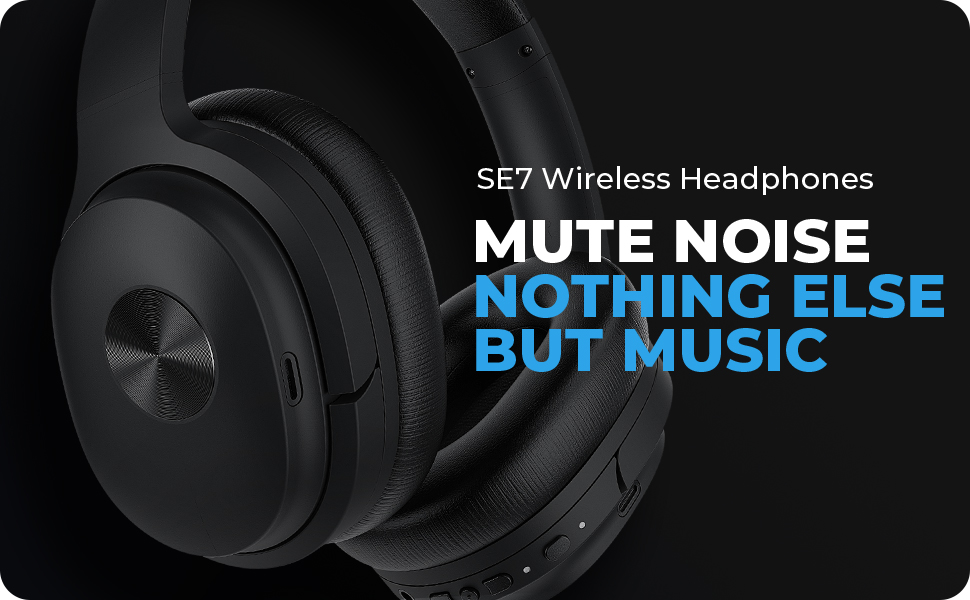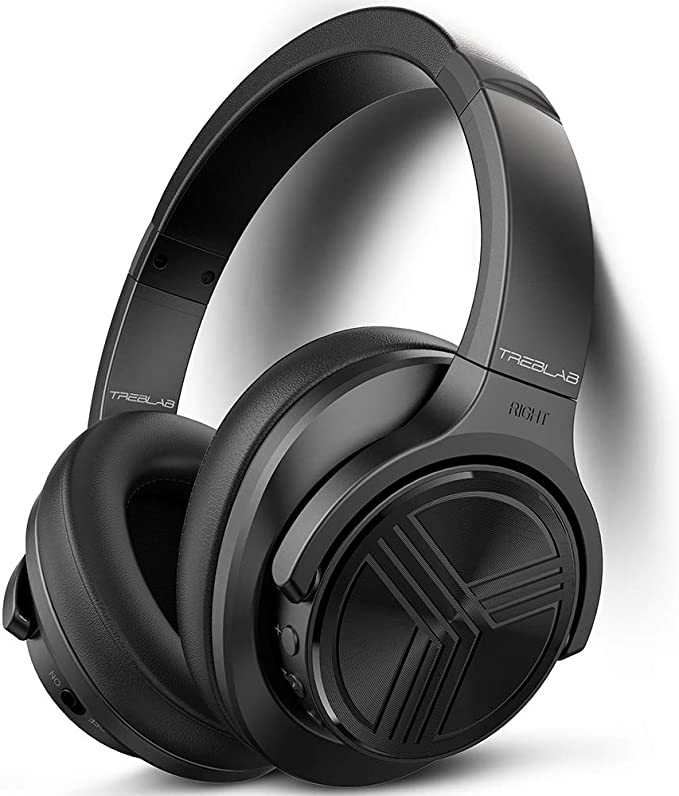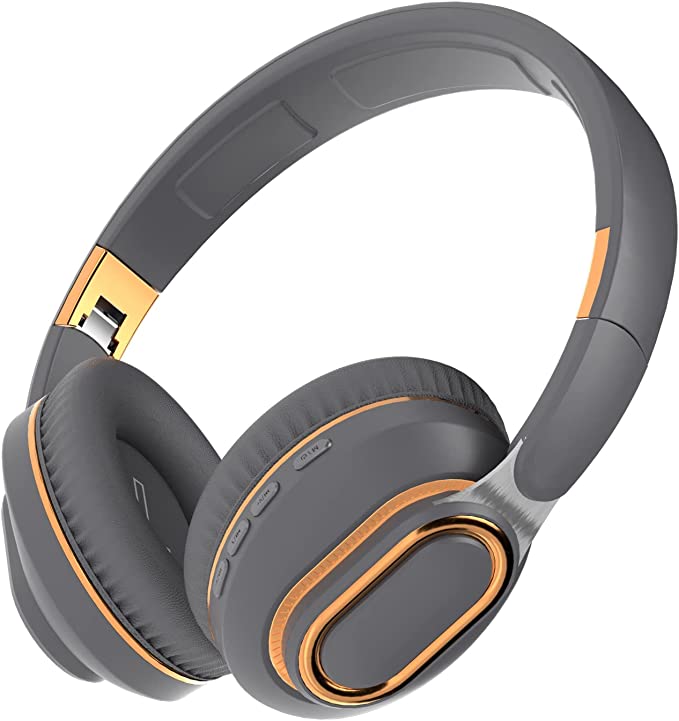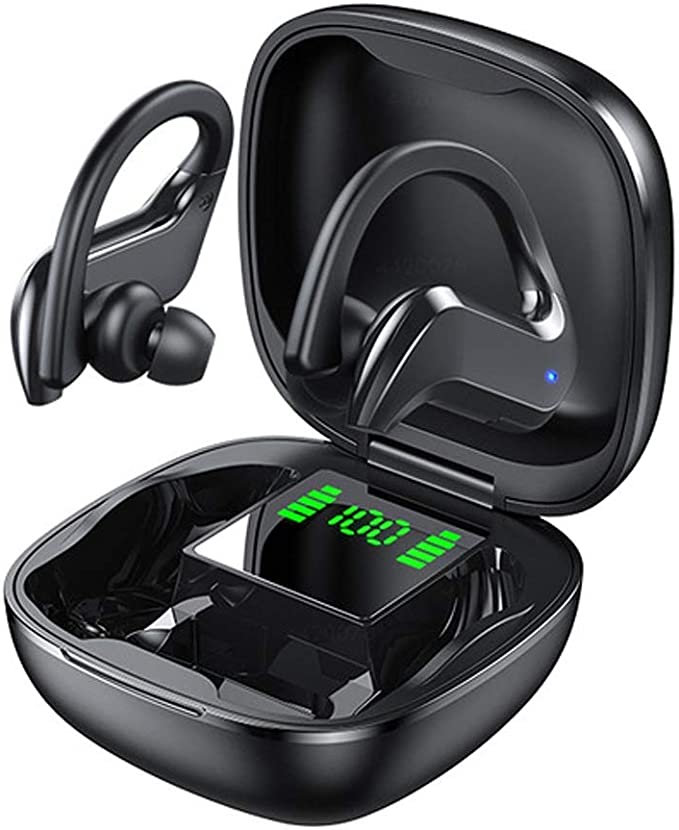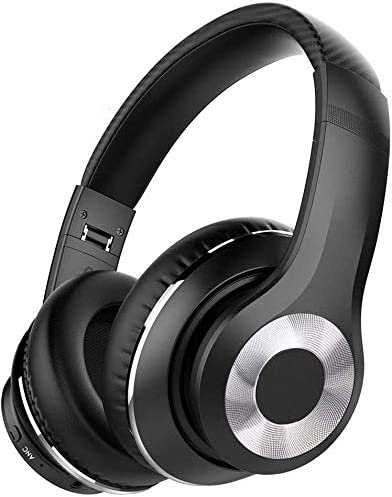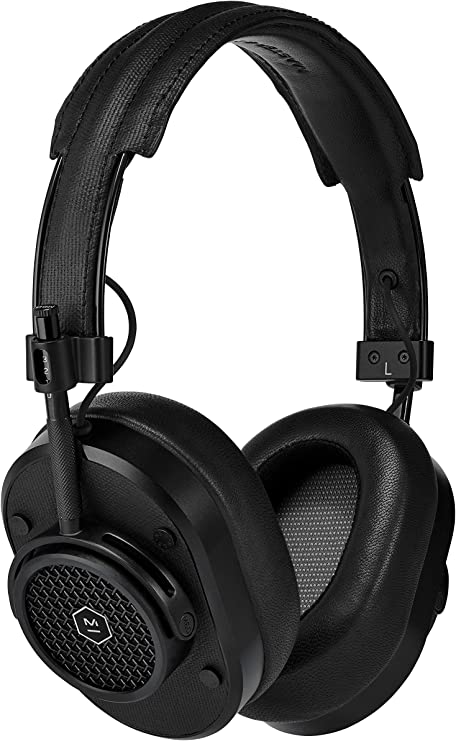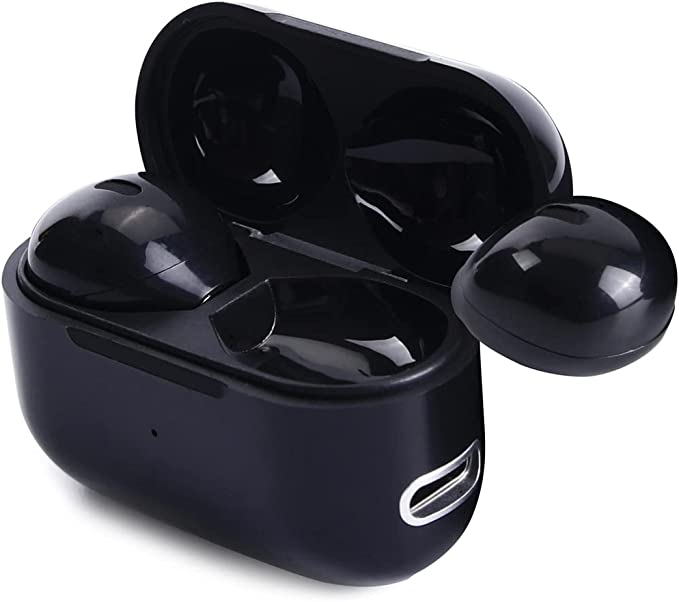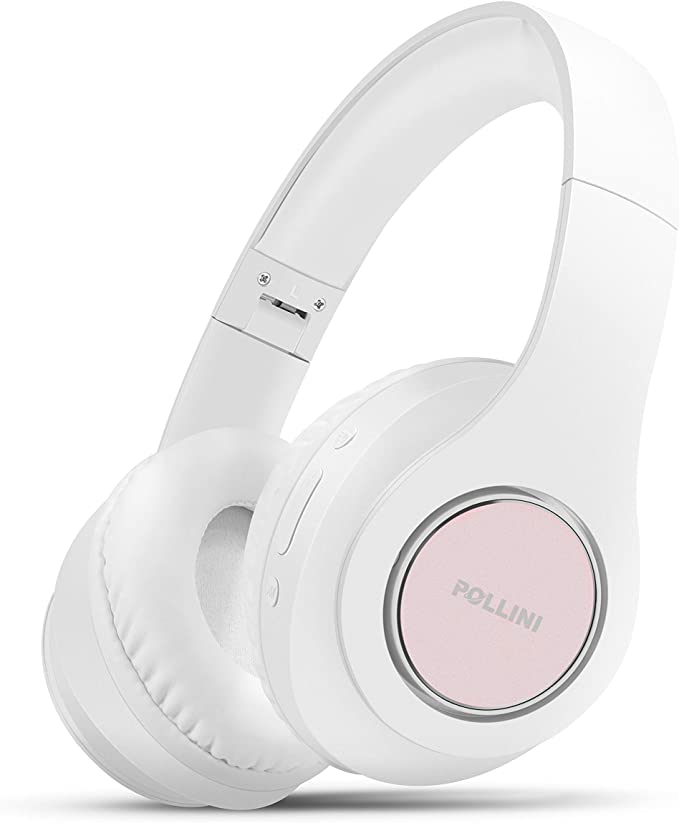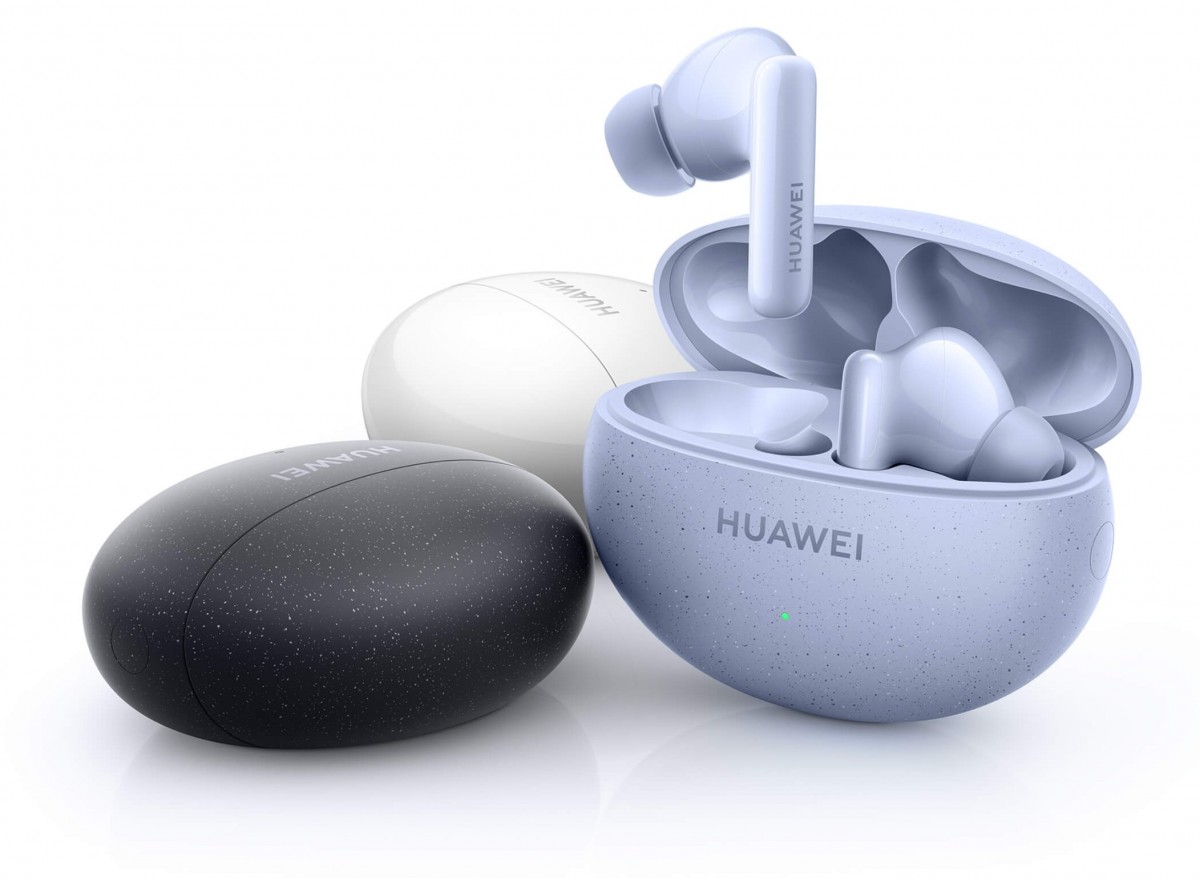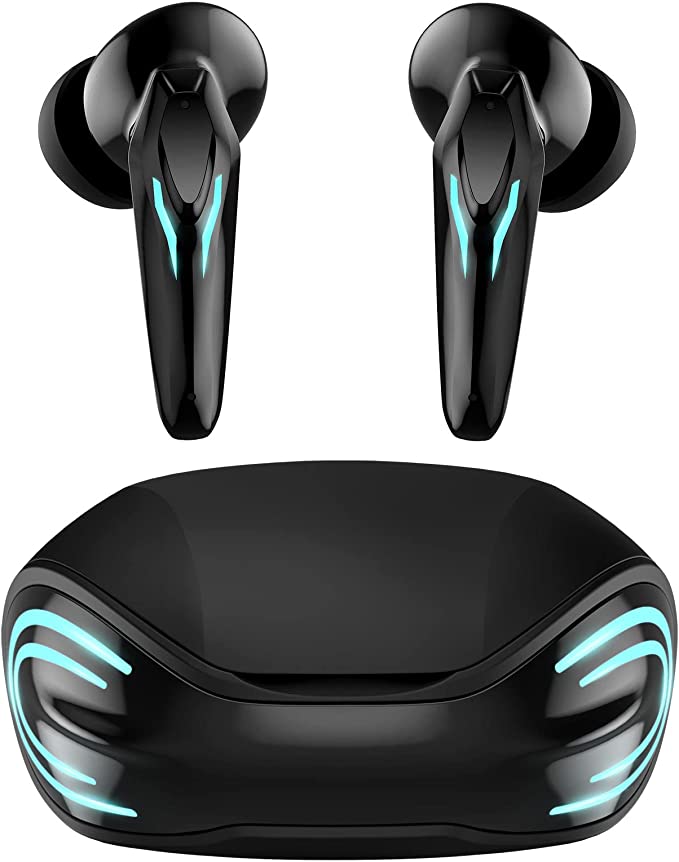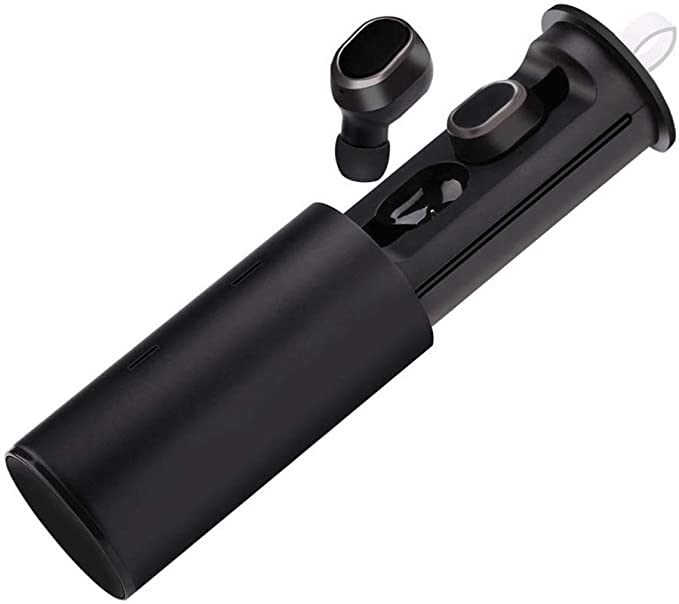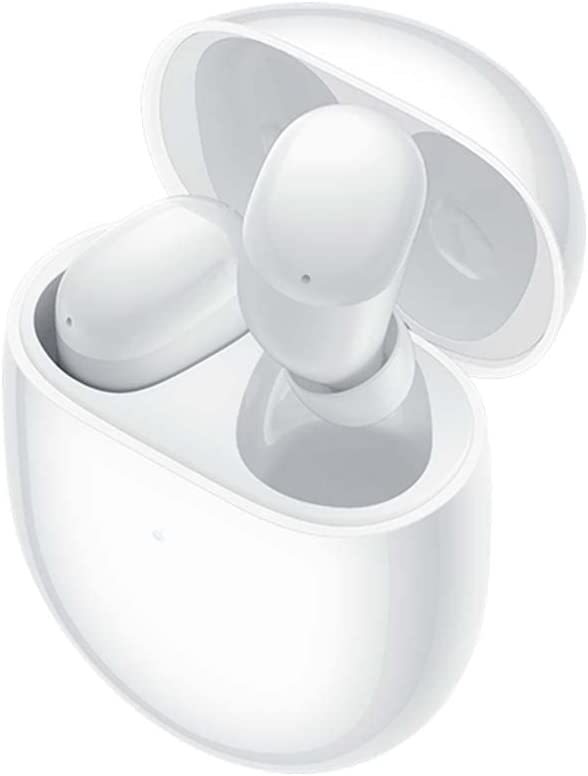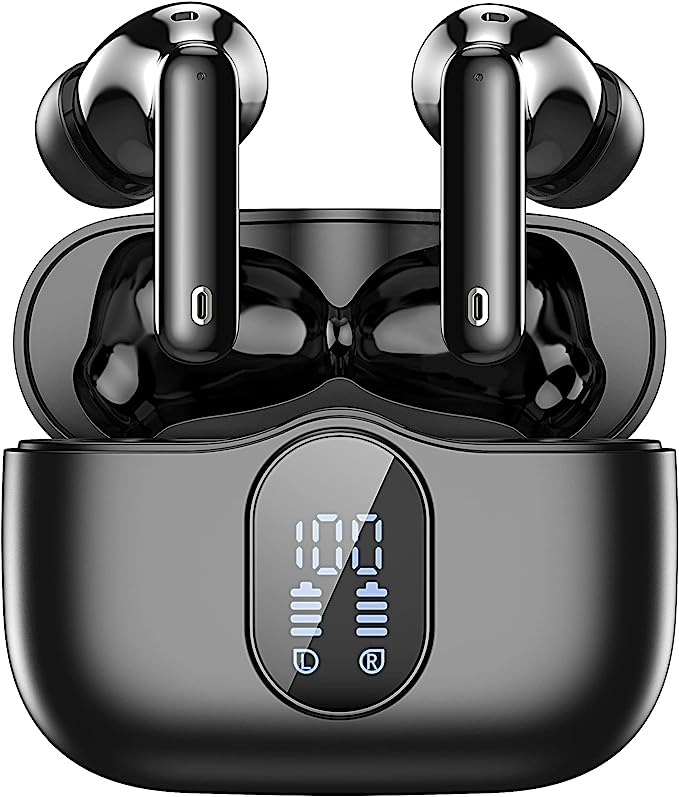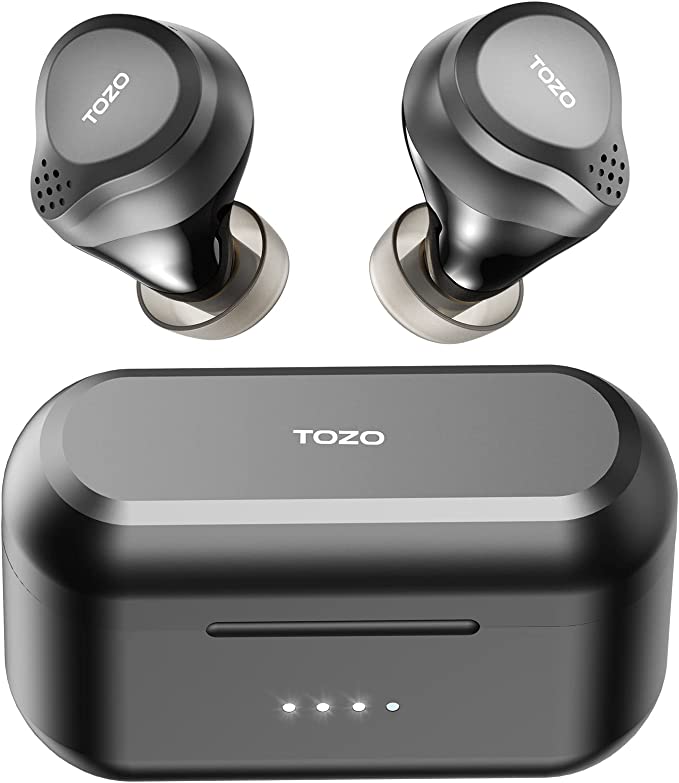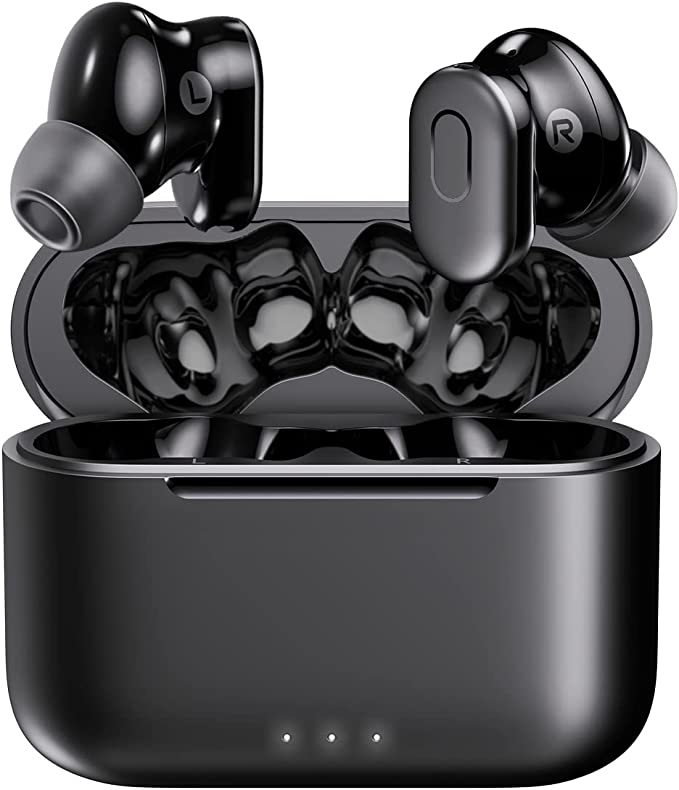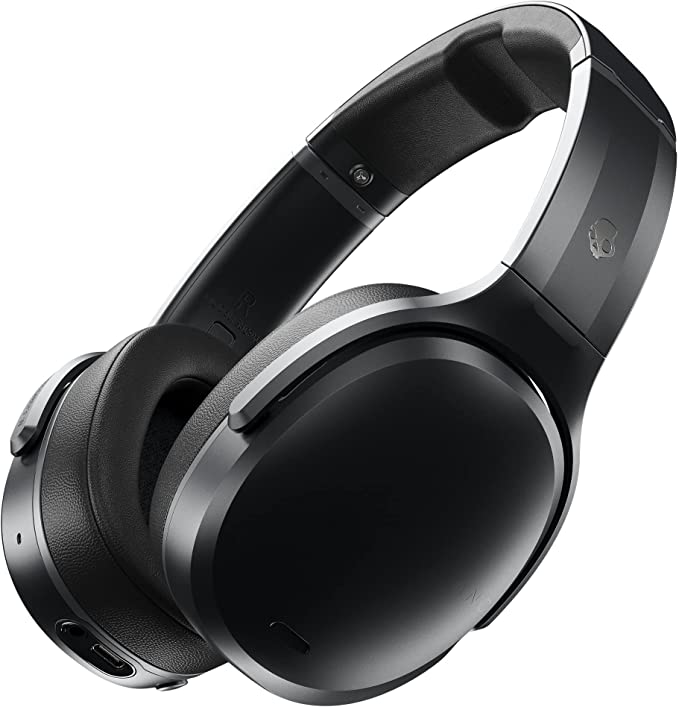The Engineer's Trade-Off: How Budget ANC Headphones Achieve 40-Hour Playtime
Update on Nov. 13, 2025, 8:28 p.m.
In today’s audio market, features once exclusive to premium, high-cost headphones are increasingly appearing on remarkably affordable models. Active Noise Cancellation (ANC), multi-day battery life, and “Hi-Fi” sound are no longer confined to the top shelf. This democratization of technology is fantastic for consumers, but it raises a critical question: what’s the catch?
When a pair of over-ear headphones like the ZIHNIC Pn 9 advertises a 40-hour playtime and active noise cancellation for a fraction of the price of flagship competitors, it’s not magic. It’s engineering. It’s a series of deliberate, intelligent trade-offs designed to maximize value where it matters most to the everyday listener. Understanding these trade-offs is the key to becoming a smarter audio consumer.
The Quest for Quiet: The ANC Trade-Off
Active Noise Cancellation is a sophisticated technology. Microphones on the outside of the earcups capture ambient sound, and an internal processor generates an inverse sound wave to cancel it out. High-end ANC systems are incredibly effective across a wide range of frequencies.
On a budget-friendly model, the engineering focus is on tackling the most common and intrusive noises: the low-frequency, constant drones of airplane cabins, city traffic, or office air conditioning. The product description for the ZIHNIC Pn 9, for example, claims it “effectively reduces the ambient noise in low and mid-range frequency.” This is a candid and accurate description of where budget ANC excels.

The trade-off is typically in the breadth and adaptability of the cancellation. While it may reduce up to 90% of a plane’s engine roar, it will be less effective against sudden, sharp sounds like a nearby conversation or a barking dog. User feedback often reflects this reality, describing the noise reduction as “decent” or “70-80% effective” rather than creating total silence. This isn’t a flaw; it’s a smart allocation of resources, prioritizing the most fatiguing sounds to create a peaceful environment for music and travel.
The Marathon of Power: A Victory of Efficiency
Perhaps the most impressive feature found on many modern budget headphones is the extraordinary battery life. A claim of 40 hours of playtime, as seen on the ZIHNIC Pn 9, can seem to defy logic, but it’s a testament to the power of technological synergy. This isn’t achieved with one massive, heavy battery, but through a combination of three key elements:
- A Substantial Battery: A 500mAh (milliampere-hour) lithium-polymer battery provides a solid foundation of energy storage.
- Efficient Connectivity: The use of Bluetooth 5.0 is crucial. This version of the Bluetooth standard was specifically designed for lower power consumption, meaning the constant wireless connection sips energy rather than gulps it.
- Optimized Chipsets: Modern System-on-a-Chip (SoC) designs that handle both Bluetooth and ANC are highly optimized for power efficiency.
When these three factors work in concert, marathon-like playtime becomes an achievable reality. Furthermore, the inclusion of quick-charging technology—where just 10 minutes of charging can yield several hours of playback—is another engineering choice that prioritizes user convenience, effectively eliminating “battery anxiety” for travelers and daily commuters.

The Pursuit of Rich Sound: Back to Physical Basics
While ANC and battery life are about electronics, sound quality remains rooted in the physical world of acoustics. The claim of “Immersive Sound & Deep Bass” on an affordable headphone is made possible by one key component: the 40mm large-aperture driver.
Unlike the tiny drivers in most earbuds, a large 40mm diaphragm has the physical surface area to move more air. This is especially critical for reproducing low-frequency sounds. It allows the headphone to generate a rich, full-bodied bass that you can feel, rather than just hear—a quality often praised in user reviews of models like the ZIHNIC Pn 9.
This is the trade-off that often favors over-ear designs in the budget category. While they may not have the most advanced materials or tuning of their high-end counterparts, their fundamental physical size provides a distinct advantage in delivering a satisfying and powerful listening experience that smaller, in-ear designs at the same price point often struggle to match. The “Hi-Fi” experience at this level is about achieving a fun, dynamic, and engaging sound, anchored by a strong bass foundation.
The Ergonomic Equation: Comfort as a Feature
The final, and perhaps most underrated, aspect of headphone design is comfort. All the technology in the world is useless if the headphones are painful to wear. Recognizing this, successful budget models invest heavily in ergonomics.

Features like memory foam earpads wrapped in soft, skin-friendly protein leather are not merely cosmetic. Memory foam conforms to the unique shape around your ears, distributing pressure evenly and preventing the soreness that can arise from hours of wear. An adjustable headband and 90° swiveling earcups are mechanical solutions to an ergonomic problem, allowing each user to achieve a customized, secure, and pressure-free fit. It’s this attention to the human-to-device interface that transforms a piece of technology into a comfortable, all-day companion.
Conclusion: The Smart Choice is an Informed Choice
The ZIHNIC Pn 9 and similar headphones represent a triumph of value-focused engineering. They demonstrate that by making intelligent trade-offs—focusing ANC on the most common noises, leveraging efficient electronics for massive battery gains, and relying on the solid physics of large drivers for sound—it is possible to deliver a feature-rich experience at an accessible price.
For the consumer, the lesson is clear: look beyond the marketing slogans and understand the engineering choices behind them. A great budget headphone isn’t one that promises everything; it’s one that smartly delivers on the features that matter most for your daily listening life.
